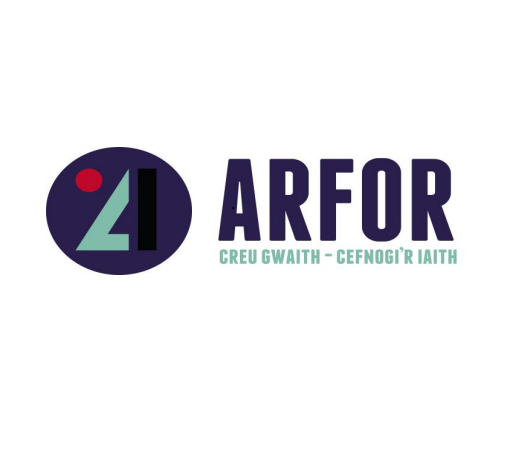Overview
The research company Wavehill have published the Executive Summary of their Initial Report and Baseline, a key part of their work as the main contractors for the Evaluation, Monitoring and Learning work stream for ARFOR 2. The aim of the Evaluation, Monitoring and Learning work stream is to conduct research studying the programme at different times during the life of the project. This is done to document the work of the programme and to discover that which has been successful as well as finding out what needs to be improved and developed. The Final Report will be produced at the end of the current ARFOR 2 period in 2025 and will look at the programme in its entirety and provide recommendations for any continuation of the project in the future.
The Executive Summary
The Executive Summary provides the context for the Evaluation, Monitoring and Learning work stream, outlining the underlying rationale for the project as well as collating and presenting data about the ARFOR area. The Executive Summary also fulfils one of the main aims of the work stream which is establishing a monitoring framework for the programme in order to provide clear and unambiguous criteria to measure the development of ARFOR’s other work streams against. There are three main elements to the evaluation framework:
- An assessment of the design of the programme and strategic fit
- Analysis of the programme’s performance
- An assessment of the effect of the programme and value for money.
The Executive Summary provides initial findings, and the recommendations included focus on the first of the above points, namely the design and strategy of the programme. These recommendations follow interviews with the officers that work as administrators for ARFOR 2, stakeholders that are directly involved with the project or the field more generally, a review of the core documentation that serves as the basis for the programme as well as wider research looking at migration patterns in the region. There is also a statistical analysis of the demographic profile of the region, a brief analysis of the economic base of ARFOR areas as well as discussion of research about the attitudes of young people towards the area.
Theory of Change
For the report Wavehill have adopted a ‘theory of change’ approach which divides the activity of the project into its main component parts and looks at the method and the effect of every one of these parts individually. By looking at every one of the 5 ARFOR work streams individually and outlining their activities and the causal links between these and the outputs of the project, their medium and long term results and the final effects of their work, the Wavehill team can create a complete picture of the project’s impact. The aim of this approach is to better understand what the project is achieving and providing valuable insights regarding any changes that may be needed to ensure further success in a way that’s consistent.
Findings
Although this is only an initial report, Wavehill have provided some early findings and recommendations to ARFOR officers as part of the report. These include the following:
- It is noted that the rationale for the programme is solid and that there is some secondary academic evidence that supports the validity of the programme’s central motivation.
- It is noted that there are variety of factors beyond economic ones that can drive outward migration among younger people to areas beyond the ARFOR region and there is a need to consider these factors.
- It is argued that there is fundamental worth to ARFOR’s dual focus on the economy and the language and the interrelationship between them and that this fills a gap in the current Welsh policy framework.
- The co-operative nature of the programme is recognised as well as attempts to avoid work duplication by having institutions work together.
- There are also calls to refine some aspects of the current plan, such as the definition of ‘Welsh speaking spaces’, methods of targeting businesses and specific sectors in a strategic way and the implications of the rationale of the programme on those Welsh speakers who are born and raised beyond the boundaries of the region but have an interest in moving and living in ARFOR.
The Executive Summary is certainly an interesting glimpse at the work that is underway in order to measure and understand the exact effect and direction of the ARFOR 2 Programme as the work develops and evolves onward into 2025.
You can learn more about Wavehill’s work and read the Executive Summary of the Initial Report in full by following this link: Executive Summary Initial Report ARFOR



